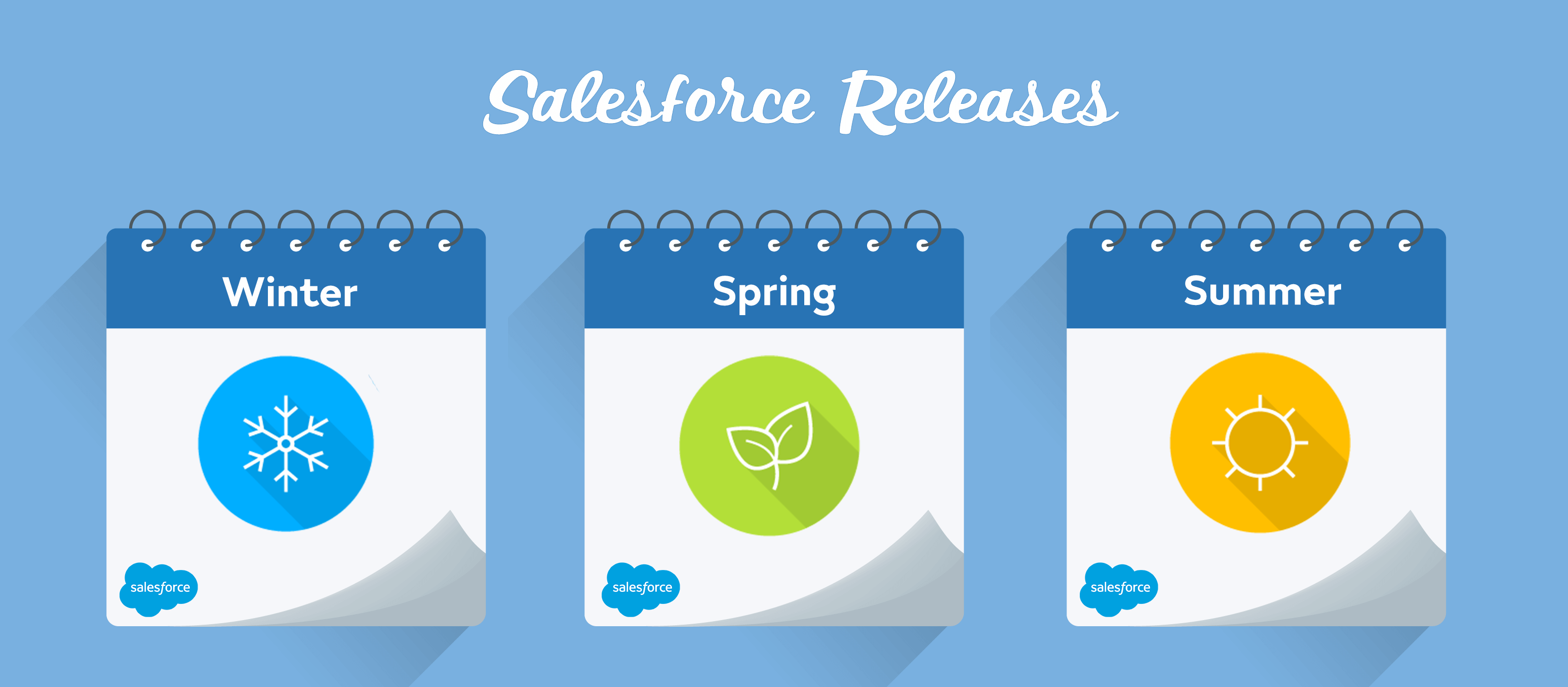Resilient Testing Amidst Salesforce’s Continuous Releases
Resilient Testing Amidst Salesforce’s Continuous Releases
Blog Article

Salesforce doesn’t slow down — and neither should your testing. With three major platform releases every year, staying on top of changes while keeping your tests intact is a challenge. But if you’re using Provar, the Salesforce automation testing tool built to thrive in this fast-paced ecosystem, you’ve already got a leg up. In this blog, we’ll break down how you can keep your Salesforce testing strategy resilient even as Salesforce evolves.
Why Salesforce Releases Matter for Testing
Salesforce rolls out updates three times a year — Spring, Summer, and Winter. These aren’t minor tweaks; they often include UI changes, backend logic updates, new features, and even deprecated functionality.
For testers, this means potential disruption to:
- UI element locators that change without notice
- Workflow logic that affects end-to-end journeys
- Integration points with external systems
- Performance due to new background processes
The Testing Struggle Is Real (But Manageable)
Without a strategy, each new release can break your automation. Manual testing is too slow to keep up, and many tools struggle with Salesforce’s dynamic environment.
That’s where Provar shines. By leveraging metadata-driven automation, Provar adapts to Salesforce’s internal structure. This means fewer broken tests and less manual rework — even during release season.
Key Features That Make Provar Resilient
- Metadata Awareness: Provar reads the metadata directly from your Salesforce org, so it knows how elements are structured and named, even after updates.
- Self-Healing Locators: Provar’s locator strategy adjusts to changes in the UI, so your tests don’t break every time a layout shifts.
- Sandbox Support: You can run regression tests in Salesforce’s preview sandboxes before each major release — giving you a head start on finding issues.
- Reusable Test Assets: Components built in Provar can be reused across test cases and adjusted centrally, reducing duplication and effort.
Salesforce Release Timeline (At a Glance)
| Season | Preview Sandbox | Production Release |
|---|---|---|
| Spring | January | February |
| Summer | May | June |
| Winter | September | October |
How to Build a Release-Ready Testing Strategy
Whether you’re an admin, QA lead, or DevOps engineer, here’s how you can stay resilient:
1. Stay in Sync with Salesforce's Release Schedule
Bookmark Salesforce’s release calendar and proactively plan your testing sprints around preview environments.
2. Test Early in Sandbox
Run automated regression tests in the preview sandbox to catch breakages before they hit production. Provar’s stable test architecture makes this easy.
3. Use Change Impact Analysis
Leverage tools (like Provar’s Test Impact Assessment) to identify what tests are affected by release changes. This keeps your test scope efficient and focused.
4. Update & Reuse Test Components
When Salesforce changes, update a single test component in Provar and reuse it across other cases. No need to rewrite from scratch.
Why Metadata-Driven Testing Wins
Unlike traditional UI-based testing tools, Provar’s metadata-driven approach means:
- Your tests adapt to backend changes automatically
- UI shifts don’t cause false failures
- Maintenance effort is cut dramatically
This is the kind of resiliency you need in an environment that changes as often as Salesforce.
Final Thoughts: Embrace Change with Provar
Salesforce releases are inevitable — and constant. But with the right strategy and tools, you can stay ahead without sacrificing quality or sanity. Provar is built from the ground up to thrive in the Salesforce ecosystem, making Salesforce testing faster, smarter, and more resilient.
So the next time a Salesforce release is looming, don’t panic. With Provar in your toolkit, you’re already prepared.
here Report this page